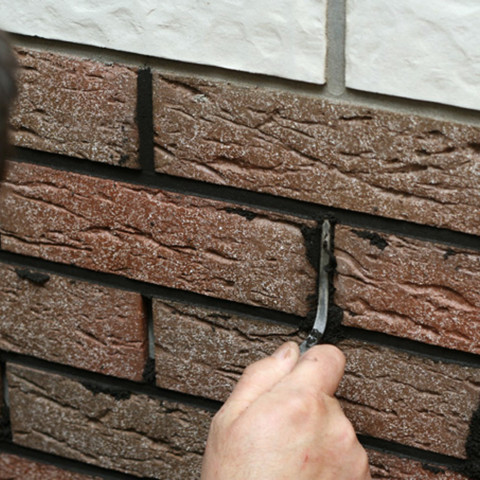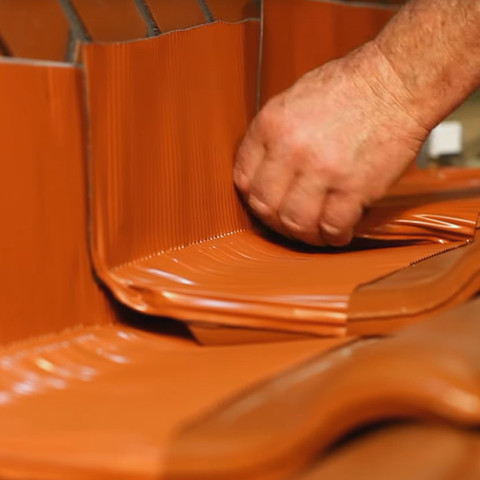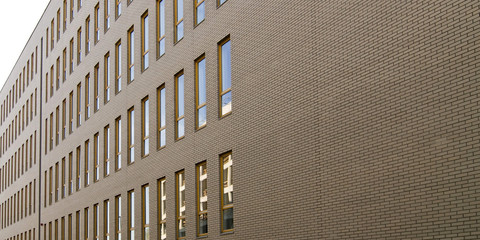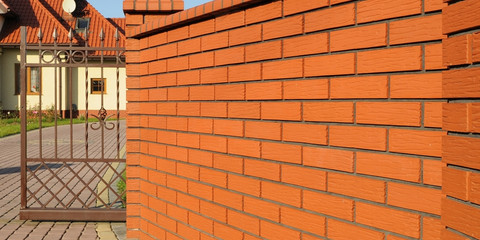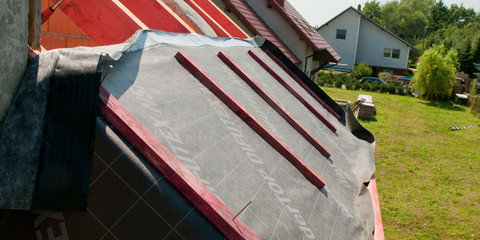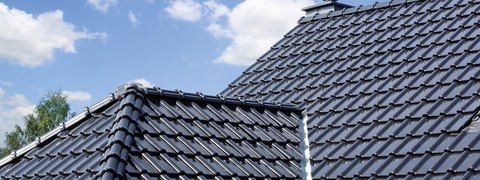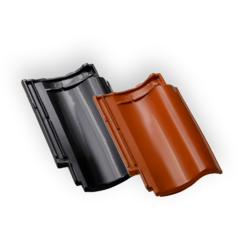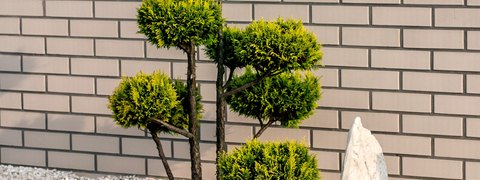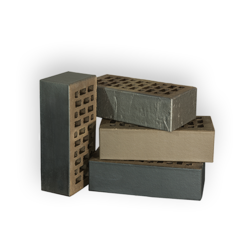Basic principles of roof insulation
Thermal insulation of the roof usually includes such layers as the membrane or diffusion sealing foil, which are responsible for protection against moisture, and the insulation material – most often it is mineral wool, characterized by high elasticity of fibers and low volume weight.

When we use high vapor-permeable membrane, either with roof boarding or pinned directly on the rafters, we should make sure that the wool touches the roof membrane, but it cannot pin it up, that is the height of the rafter must be adequate to the thickness of the insulation. It should always be 1 cm thicker than the thermal insulation layer. When the thickness of the thermal insulation exceeds the height of the rafters, the rafters must be supplemented with the roof boards from the inside so as to enlarge the insulation space. Two-part insulation can also be used. This solution involves laying one layer between the rafters (in case of 160mm rafters – the insulation should be maximum 150mm, and in case of 200mm rafters –maximum 180mm), and the other one is placed on a special frame for dry assembly.
Thermal insulation of the roof should be adapted to the function of the attic. Depending on whether the attic is usable or unusable, the requirements of the entire system will be different. When the attic is unusable, the insulation can be placed horizontally, leaving a cold zone above the insulating layer. In this case, we use 30-35 cm of insulation for ceilings and the roof does not have to be covered with a layer of insulation. If we have a usable attic, we place the insulation layer on the roof structure, in accordance with the principles set out above.
